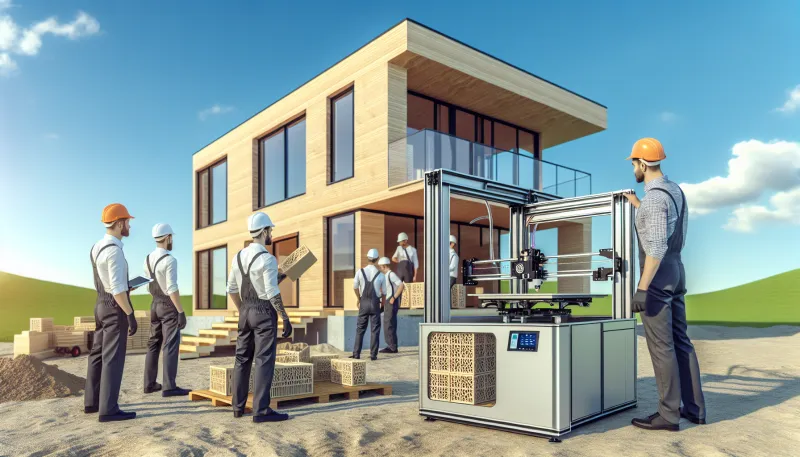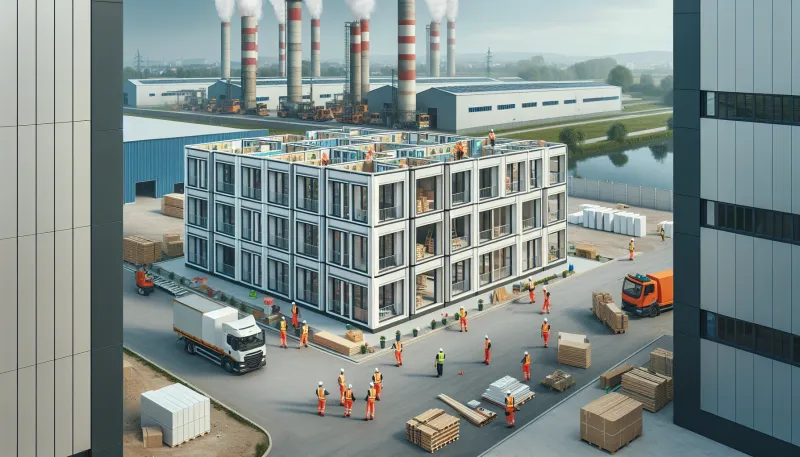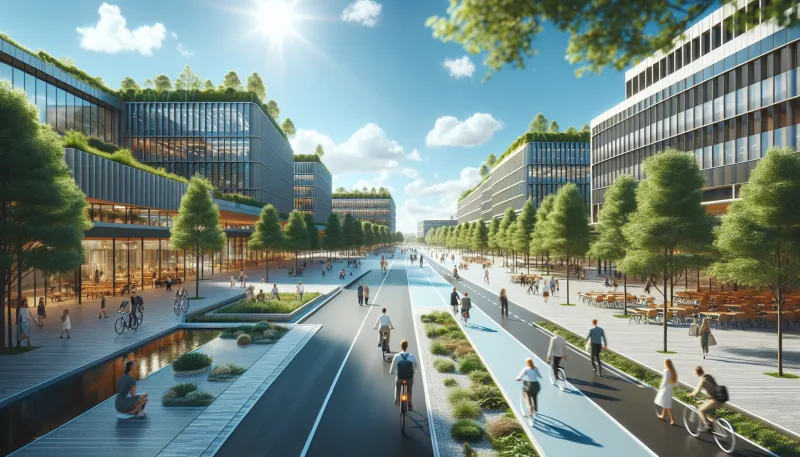
Understanding the economics of urban regeneration projects
Urban regeneration projects are pivotal in revitalizing cities, transforming neglected areas into vibrant economic and social hubs. These initiatives involve complex economic dynamics, balancing public and private investments, social benefits, and long-term sustainability. This article explores the multifaceted economics behind urban regeneration, shedding light on key financial drivers, challenges, and impacts.
- The rationale behind urban regeneration
- Sources of funding and investment
- Economic impacts on local communities
- Cost-benefit analysis in project evaluation
- Role of land value and property markets
- Job creation and workforce development
- Infrastructure investments and economic growth
- Managing financial risks and uncertainties
- Measuring long-term economic sustainability
The rationale behind urban regeneration
Urban regeneration is driven by the need to reverse economic decline, tackle social deprivation, and improve environmental quality in deteriorated urban areas. It aims to stimulate economic growth by attracting new investments, creating jobs, and enhancing infrastructure. The rationale often includes addressing market failures where private sector activity alone is insufficient to revitalize an area.
Sources of funding and investment
Funding for urban regeneration projects typically comes from a combination of public sources, such as local governments and central authorities, and private investors. Public funding often aims to reduce investment risk and catalyze private sector participation through grants, subsidies, or tax incentives. Public-private partnerships (PPPs) have become a common model to leverage resources effectively.
Economic impacts on local communities
The economic impacts of regeneration projects on local communities include increased employment opportunities, improved property values, and greater access to services. However, these benefits can be unevenly distributed, sometimes causing displacement or gentrification that affects lower-income residents. A thoughtful economic approach considers both growth and inclusivity.
Cost-benefit analysis in project evaluation
Evaluating urban regeneration projects involves detailed cost-benefit analysis, assessing tangible costs like construction and infrastructure investment against benefits such as increased tax revenues, job creation, and improved public health. Including social and environmental externalities is essential for a comprehensive economic assessment.
Role of land value and property markets
Land value uplift is a key economic factor in urban regeneration. Successful projects often increase land and property prices, which can finance further development or be captured through mechanisms like land value taxation. However, rising costs may also limit affordability, requiring targeted policies to maintain diverse and inclusive urban environments.
Job creation and workforce development
Urban regeneration significantly contributes to job creation both during construction phases and through longer-term economic activities. Workforce development initiatives, including skills training and education programs, support the sustainability of these jobs and ensure that local residents benefit from employment opportunities.
Infrastructure investments and economic growth
Investments in transport, utilities, and public amenities are essential components of regeneration projects. Quality infrastructure reduces business costs, attracts investors, and enhances the quality of life, all of which drive economic growth. Such investments often serve as catalysts for wider urban renewal.
Managing financial risks and uncertainties
Urban regeneration projects are subject to financial risks including cost overruns, fluctuating property markets, and changes in political or economic conditions. Risk management strategies involve phased development, flexible financing, and stakeholder engagement to mitigate uncertainties and ensure project viability.
Measuring long-term economic sustainability
Assessing the long-term sustainability of urban regeneration requires monitoring beyond initial economic gains. Key indicators include persistent employment rates, diversity of local businesses, environmental resilience, and social cohesion. Economic strategies should integrate these dimensions to foster durable urban prosperity.
Tommy is a property-passionate journalist who covers the forces shaping housing and the built environment. With a data-driven approach and a reporter’s curiosity, he writes on market cycles, urban development, PropTech, and policy—always connecting numbers to everyday lives. [Name]’s work blends clear analysis with on-the-ground reporting to help readers navigate trends, opportunities, and risks across residential and commercial real estate.












